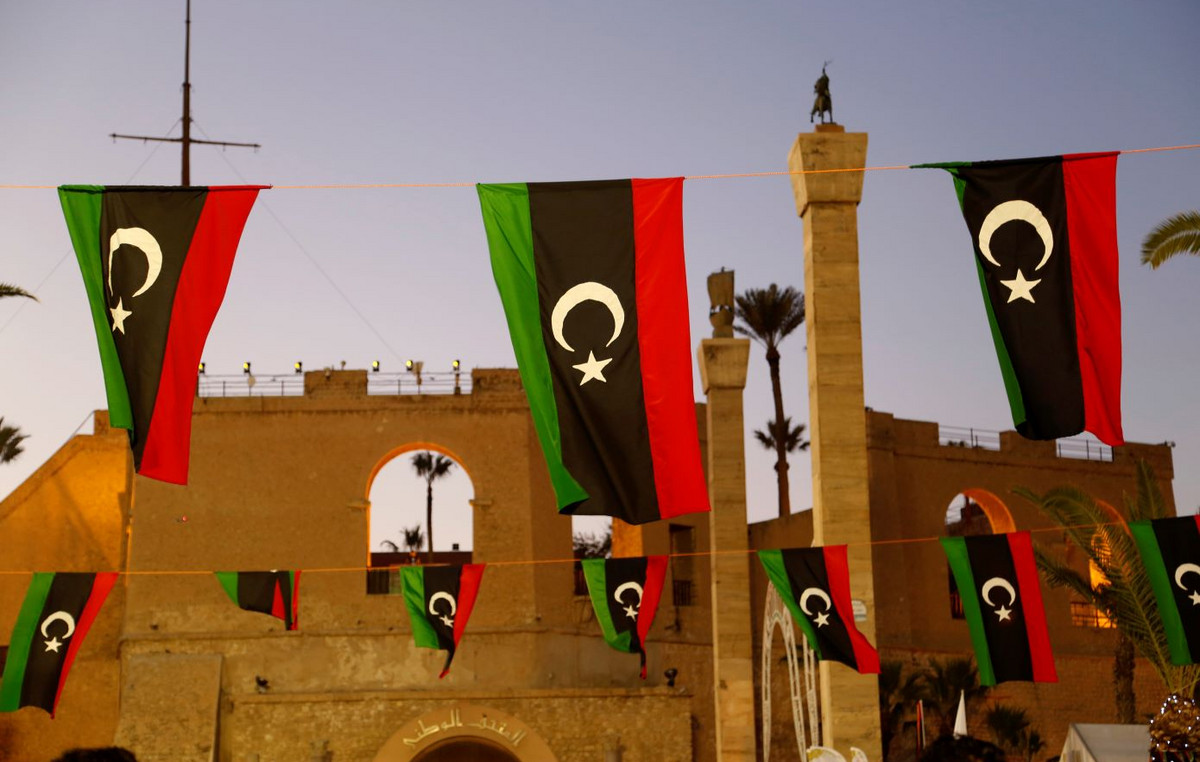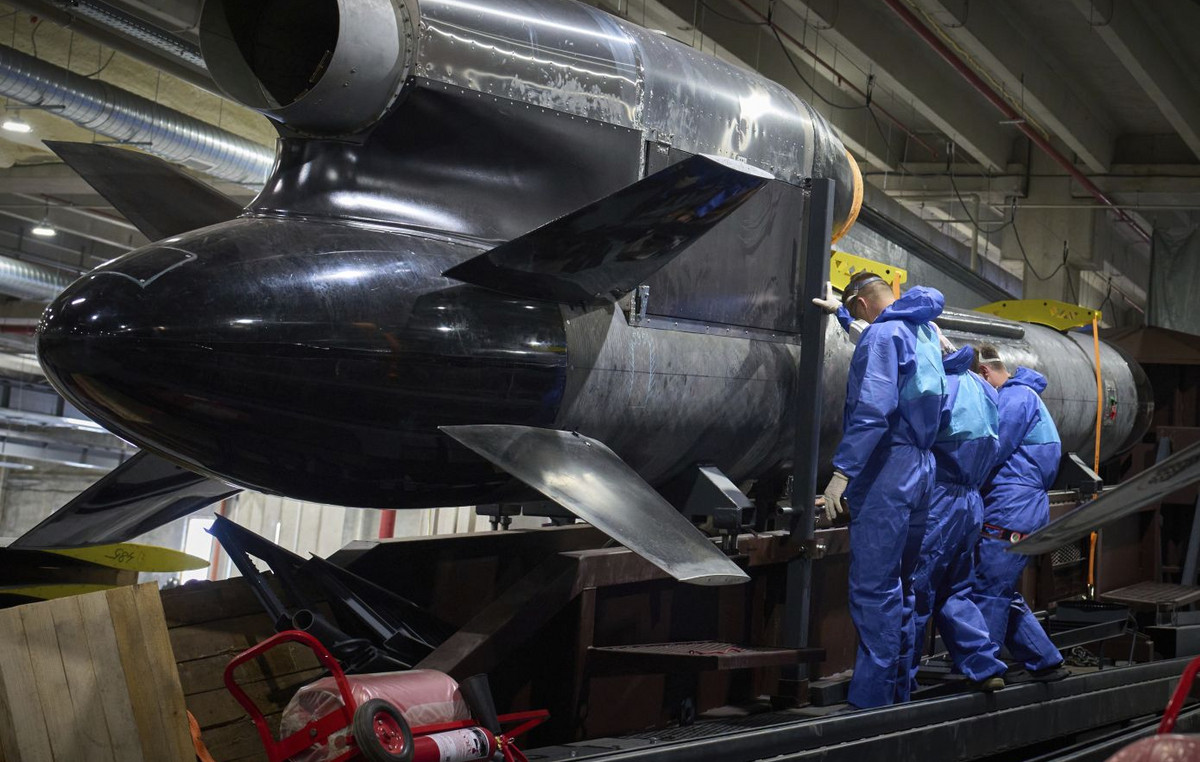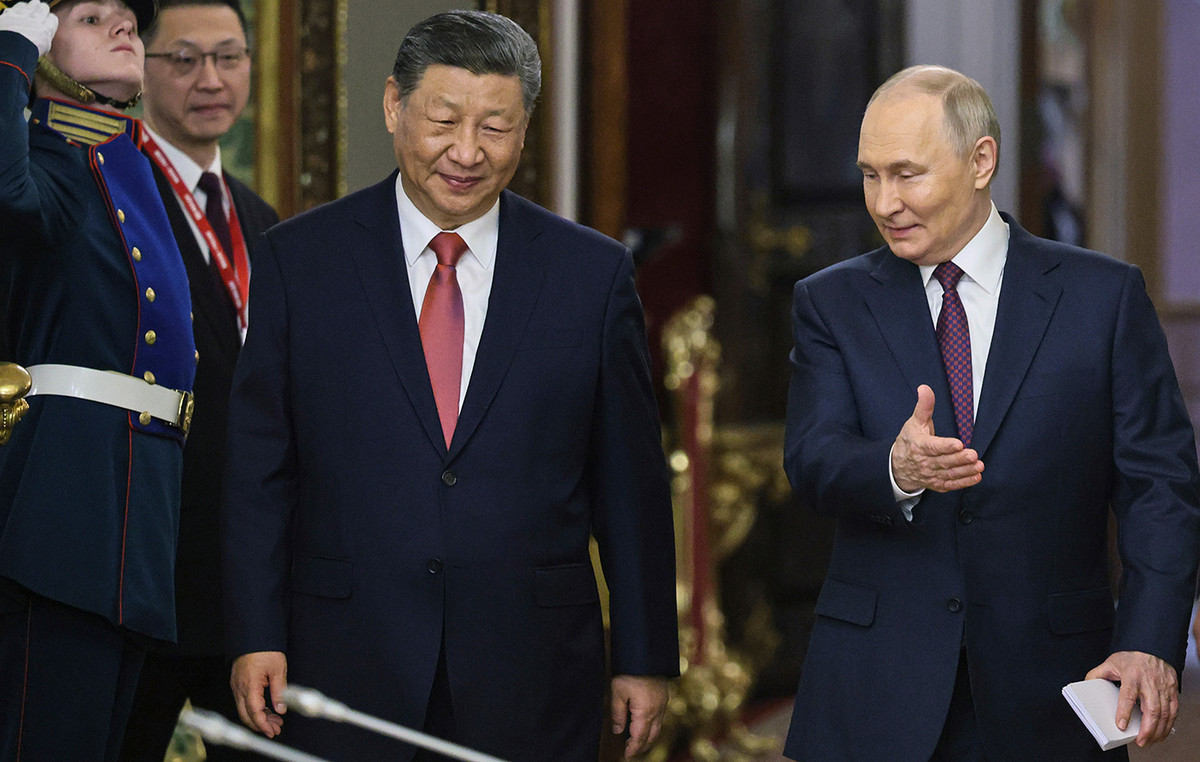In the southern end of the world there is a continent of 14.2 million square kilometers covered with ice, almost without population and – for now – does not belong to anyone, although many countries desire it.
Rich in natural resources and with a strategically important location in the south, Antarctica was the dream of many powers during the twentieth century, but a treaty signed in 1959 was able to interrupt the struggle for dominance and limit activities to scientific research.
But now, the growing global rivalry between the United States and China, not to mention the aspirations of average powers such as Argentina, Chile and Australia, and the persistence of the United Kingdom and Russia, are putting this “status quo” under pressure.
AND, in quite the that rivalry, the Argentina, one of the countries pioneers node establishment of presence in Antarctic, he can to have one paper-key the perform.
US interest and visits to the city of Ushuaia
The recent visit of the US Southern Command Chief Admiral Alvin Holsey to Argentina included a stop in Ushuaia, the southernmost city of the country and considered one of the entrance doors for Antarctica.
This is, in fact, the second visit to Ushuaia in less than a year: in June 2024, the then head of the South Command, Laura Richardson, visited the city in the province of Terra do Fogo, a region with numerous islands and channels, and met Milei.
At the time, Richardson’s visit took place in conjunction with the donation of a Hercules C130H military transport aircraft that, among other functions, “would support Argentina’s scientific research in Antarctica,” said the former head of the Southern Command.
Shortly before traveling, Laura Richardson expressed concerns to the US Congress about the construction planned by China of a port in the city of Río Grande, also located in the land of fire.
Specifically, Richardson said Porto “would support China’s continuous presence and power projection near Magalhães’s Strait, Drake’s passage and Antarctica.”
This would “dramatically increase China’s ability to access the Antarctic region and its fishing areas, and impact the US strategic mobility for a peace and science area,” said the former head of the Southern Command.
The port project stems from a memorandum signed in 2023 between the province of the Land of Fire, Antarctica and South Atlantic Islands and Chinese state company Shaanxi Chemical Industry Group Co. Ltd.
This is a multipurpose installation, with capacity for vessels up to 20,000 tons, according to Decree 3312/2022. At the moment, the construction has not yet started.
The Argentina de Milei

The context of both visits is fundamental: Argentine President Javier Milei stated that he is an ally of the United States, in strong contrast with predecessor leaders, Alberto Fernández and Cristina Kirchner.
Many analysts believe that the current Argentine president needs Washington’s support in negotiations with the International Monetary Fund (IMF), which has Argentina as the main creditor.
This alliance coexists, however, with the near-China’s near-year-forged relationship, forged in previous governments: China is one of Argentina’s leading business partners, and the South American country houses a deep space observation station operated by China and built in 2017.
In addition, part of Argentina’s strategic currency reserves has been, since 2009, in Yuans.
Regarding the Antarctica and the South Atlantic Ocean, Argentina is stuck between the United States and China, in a kind of pendulum that oscillates according to the political inclinations of the government in force in Buenos Aires.
But the Antarctic Program of Argentina is old, firmly established and goes beyond the current context: the country established the first human presence in 1904, after buying a meteorological station on the Laurie Islands, according to official history.
Since then, Argentina has maintained an uninterrupted presence on the continent and claims the territory it calls the “Argentine Antarctic Sector”, defined by the 60 ° South parallel and the 25 ° and 74 ° West longitude meridians.
Much of this territory, however, is also claimed by Chile and the United Kingdom, with which Argentina also maintains a dispute for the Falkland Islands, Southern Georgia and Sandwich do Sul, which led to a brief war in 1982.
What does Antarctica treaty say?
The first explorers arrived at Antarctica in the early nineteenth century, but there were no serious attempts to establish bases or claim sovereignty until the first half of the twentieth century.
After the end of World War II, the interest in Antarctica increased and, with it, the international disputes between the countries that had established presence on the continent.
To avoid conflict and establish a legal structure for activities on the continent, the countries involved negotiated and signed the Treaty of Antarctica in 1959, which entered into force in 1961. Essentially, the treaty prohibits military activities and establishes the freedom of scientific research in Antarctica.
He also acknowledges that seven countries – Argentina, Australia, Chile, France, New Zealand, Norway and the United Kingdom – have territorial (often overlapping) claims on the continent, although it effectively puts them on hold during the treatment.
The United States and Russia reserve the right to present future claims.
There were 12 original signatory countries: those with territorial claims, along with Belgium, Japan, South Africa, Soviet Union (currently Russia) and the United States.
Subsequently, the number of countries increased to 58, including China, Brazil, India and Ukraine, and a secretary was opened precisely in Buenos Aires, the capital of Argentina.
What is the size of human presence in Antarctica?
There are no permanent settlements on the continent, but scientists and military in the various missions of the 30 countries that have chosen to start activities.
According to data from 2024 cited by Cia World Factbook, the total population is approximately 5,000 in summer and 1,100 in winter, when most of the bases close and only a few permanent bases remain on site.
The US population is the largest in summer, reaching 1,495 people, followed by Argentina (425), Chile (375), the United Kingdom (315) and Australia (238).
The United States actually operate the largest base in Antarctica: McMurdo station.
In winter, the population of Argentina is the largest, with 225 people, followed by the United States (215), Russia (125), Chile (114) and India (48).
China in Antarctica
More limited, China’s presence in Antarctica reaches 164 people in summer and 32 in winter.
But for a country that established the first base only in 1985, China’s activities continued to grow, and currently the country has five research bases.
In early April, China even revealed a new telescope at Zhongshan station, according to state news agency Xinhua.
However, as with other powers in the northern hemisphere, a stable presence at the South Pole will probably require long -term cooperation with southern countries.
This content was originally published in Argentina may be entry into US and China dispute by Antarctica on CNN Brazil.
Source: CNN Brasil
Bruce Belcher is a seasoned author with over 5 years of experience in world news. He writes for online news websites and provides in-depth analysis on the world stock market. Bruce is known for his insightful perspectives and commitment to keeping the public informed.







